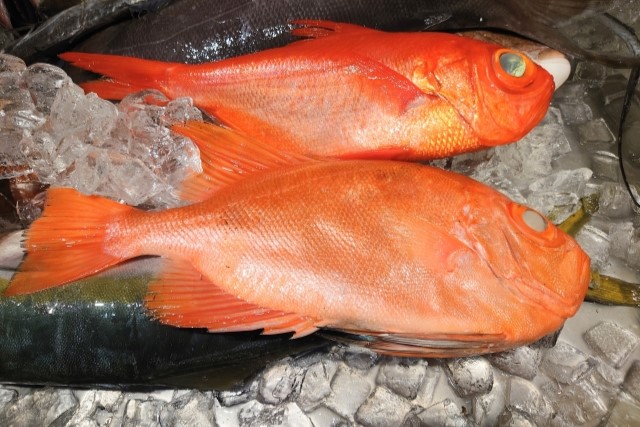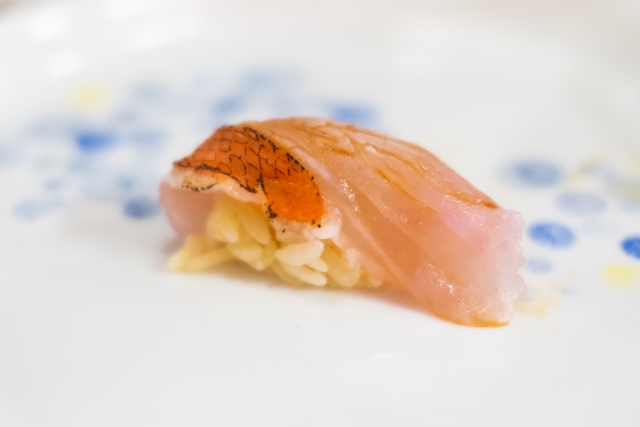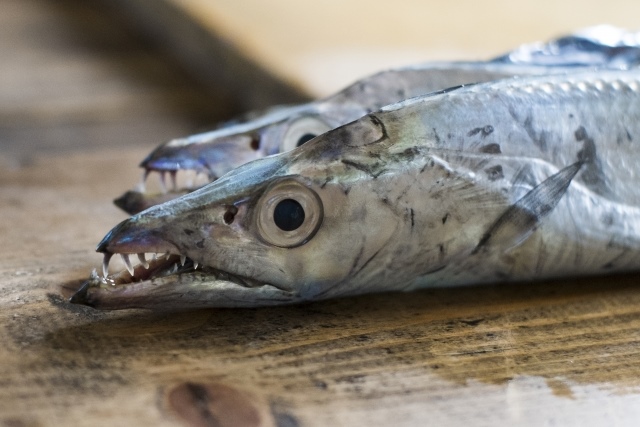Contents
Basic Information
Sushi is globally renowned and often features ingredients like tuna, salmon, and shrimp. However, Japan, being surrounded by the sea, has a long-standing tradition of consuming a diverse array of seafood. Consequently, there exist unique and unusual types of sushi in Japan that are relatively unknown abroad.
Scorpionfish (Kasago)
Scorpionfish have a unique appearance, but their white flesh is fatty and has an excellent texture, making it very tasty. The head is large, so the amount of meat is not so much, but you can enjoy it in hot pots, miso soup, simmered dishes, grilled salt, and deep-fried dishes. It’s not a fish that is often available in large quantities at the market, so it’s relatively rare to have it as sashimi or sushi.
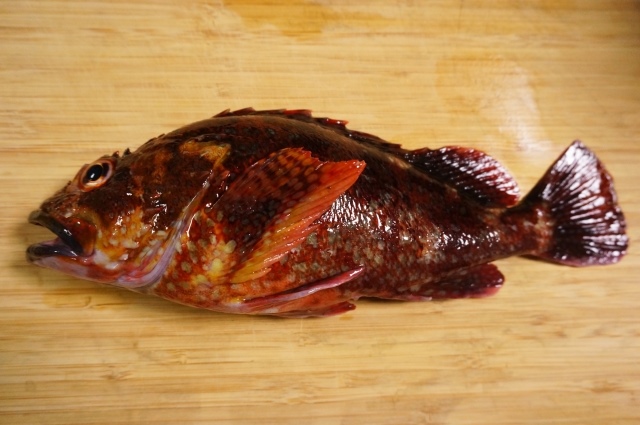
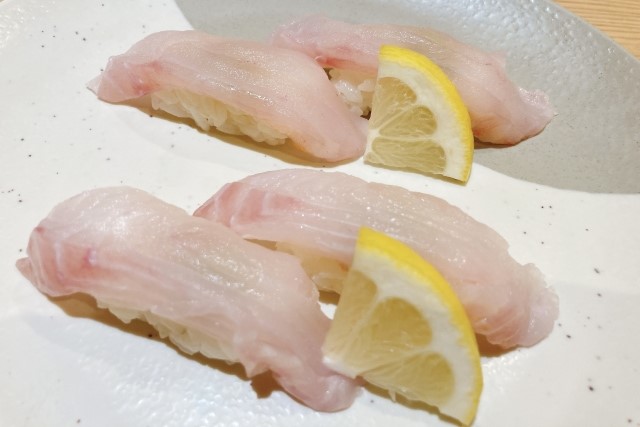
Thread-sail Filefish (Kawahagi)
The season for thread-sail filefish is from summer to winter. It is characterized by its white meat with less fat and a crunchy texture. Because the meat is elastic, it is thinly sliced when made into sashimi.
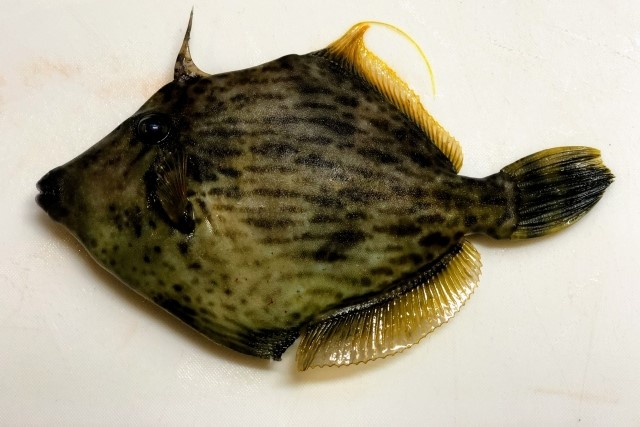
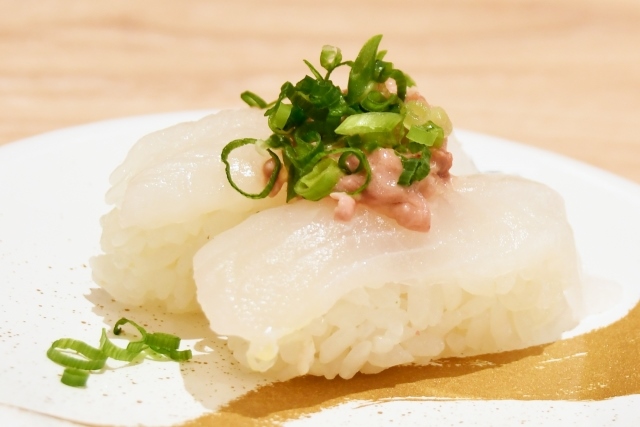
Halfbeak (Sayori)
The best season for halfbeak is before the spawning season in spring and when they start to eat a lot in autumn. It is characterized by its mild taste with low fat content. When it’s fresh, you can enjoy its transparent sashimi that glows silver-white.
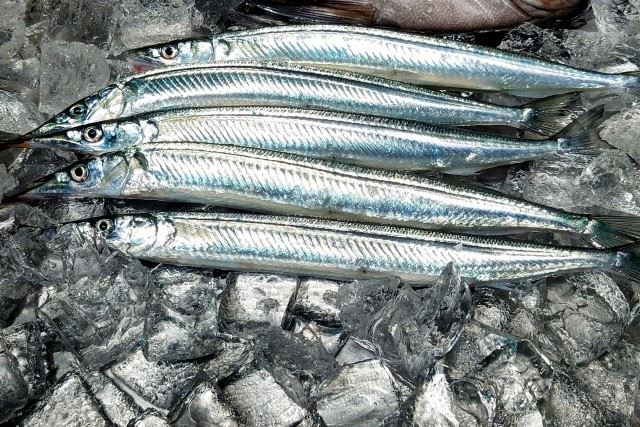
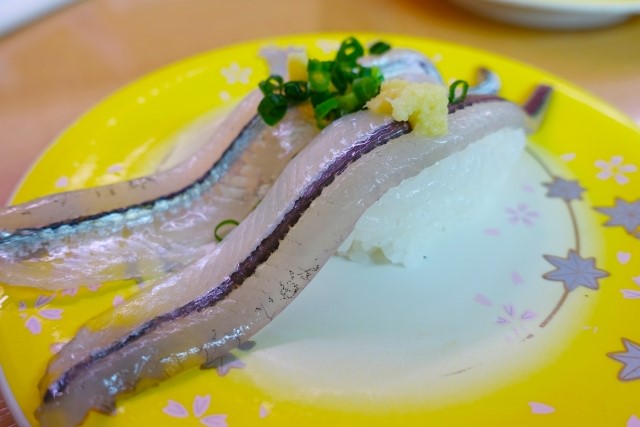
Herring (Nishin)
The season for herring is from autumn to winter. Herring roe is widely known as kazunoko, but this is before the spawning season, so the fat is well-distributed and delicious. It’s not a fish that’s often made into nigiri sushi.
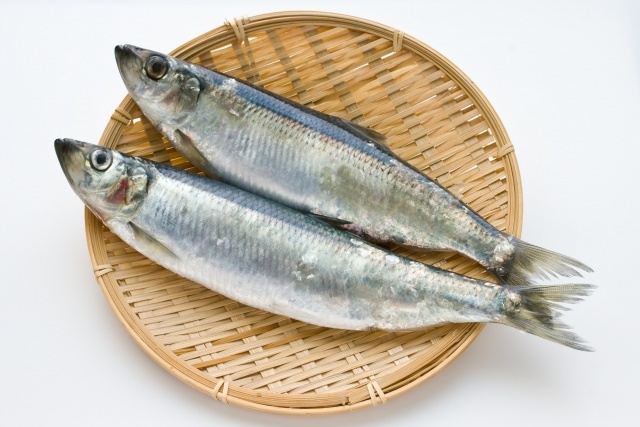
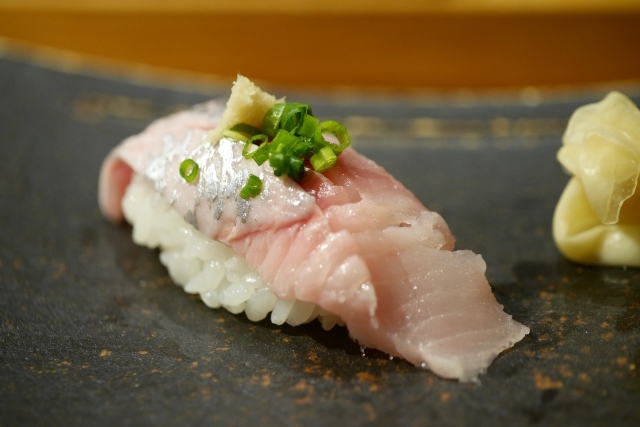
Cutlassfish (Tachiuo)
The name comes from its appearance, which resembles a cutlass. The flesh is soft, and the silver skin is often included when it’s served as sashimi or nigiri sushi.
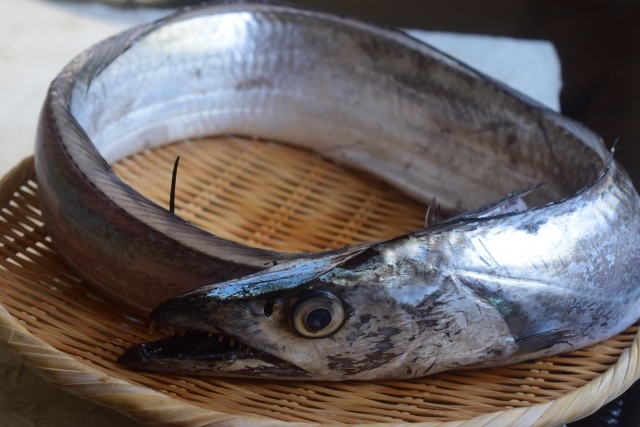
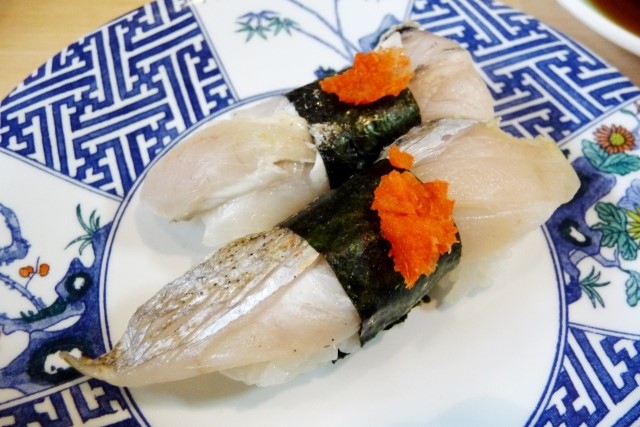
Grunt (Isaki)
The season for grunt is from spring to summer. If it is fresh, it will have a clear flesh. Especially grunts caught in the Kanto region are delicious even in winter because they have well-distributed fat.
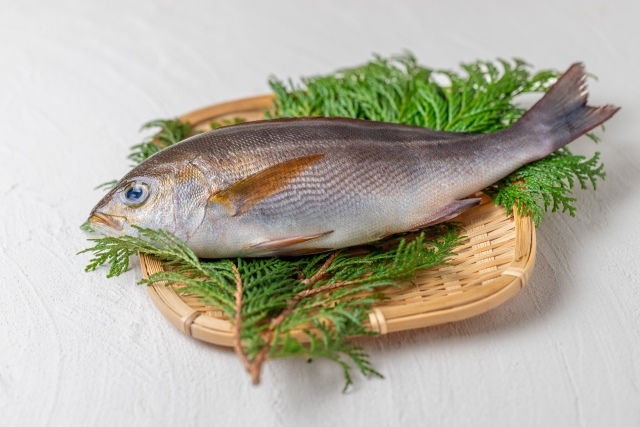
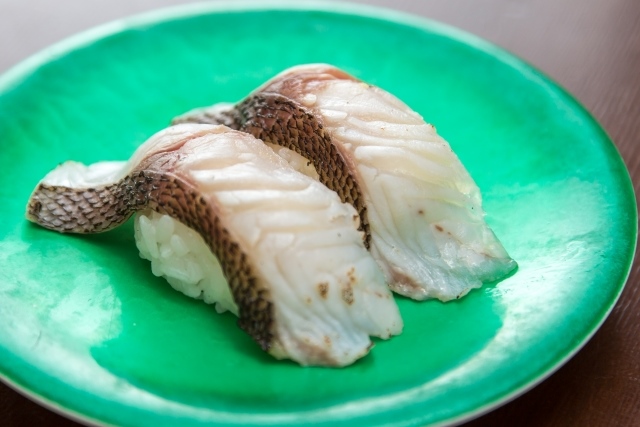
Splendid Alfonsino (Kinmedai)
Splendid alfonsino is a type of deep-sea fish that lives at depths of 200m to 800m. Deep-sea fish have unique fats, so this splendid alfonsino also has a good amount of fat. In the past, when there was no technology to catch deep-sea fish, this was not a commonly eaten fish.
